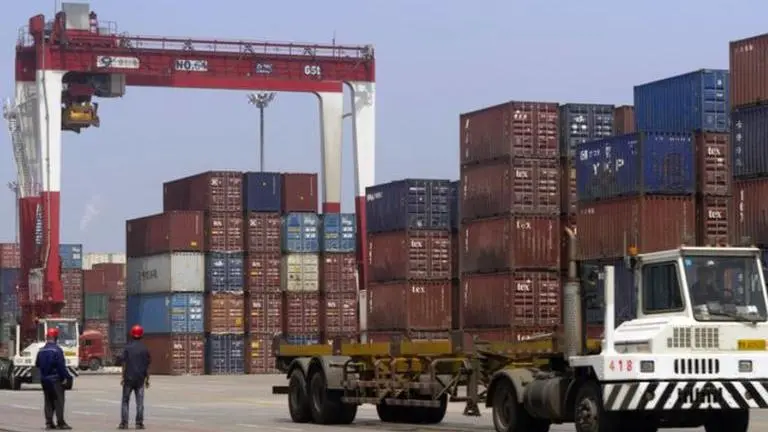Updated 6 March 2021 at 20:53 IST
China's plans for 'Polar Silk Road' in Arctic Ocean
Aim of this route is for China is to enhance maritime trade by diverting its energy resources supply vessels that enter and exit Europe via the Indian Ocean.
- World News
- 2 min read

China’s belt and Road initiative also known as Polar Silk Road PSR or ‘Ice’ is a framework to construct several complex networks of potential shipping routes in the arctic that stretch across Eurasia, including a northwest passage around North America and a central Arctic ocean route. The aim of this route is for Beijing to enhance maritime trade by diverting its energy resources supply vessels that enter and exit Europe via the Indian Ocean and the Suez canal.
[Credit: beltandroad.com]
PRC’s President Xi Jinping has stressed the objective of BRI saying that the new Belt and Road initiative would save the transit time by at least a week, an estimated 40 percent if China avoids the shipping lanes over Panama and Suez Canal as trade routes. China cited logistic costs optimization, and an increase on EU duties and good taxes that facilitate the need to ramp up the speed of transportation of cargos to consumers in the world as a reason to divert its traditional shipping route through the Arctic Ocean, which it believes will be ice-free by 2030s. Some of the components of the PSR, first announced in 2013, are already operational as China seeks to ease financial and logistical challenges for transporting fuel and goods cargoes from the potential Arctic states via the northern road. China’s BRI initiative’s target is to enhance strategic trade and economic partnership with Africa, Europe, and Eurasia via these trade routes.
Advertisement
[Credit: Lowy Institute]
Advertisement
China–Pakistan Economic Corridor (CPEC)
The ‘belt’ describes the transportation lanes and network of corridors, while the Road signifies the shipping lanes. This has been of concern to India, especially after Beijing drafted plans of construction China–Pakistan Economic Corridor (CPEC) under its “One Belt, One Road (OBOR)” initiative in 2013. PRC, via its 46 billion USD.CPEC aimed to enhance the connectivity with the Chinese-invested Pakistani port of Gwadar through highway, rail, and pipeline infrastructure. Since the launch of the controversial project in 2015, China has been conducting a bulk of BRI-related activities in Pakistan.
(Image Credit:AP )
Published By : Zaini Majeed
Published On: 6 March 2021 at 20:53 IST


